
cd_nom
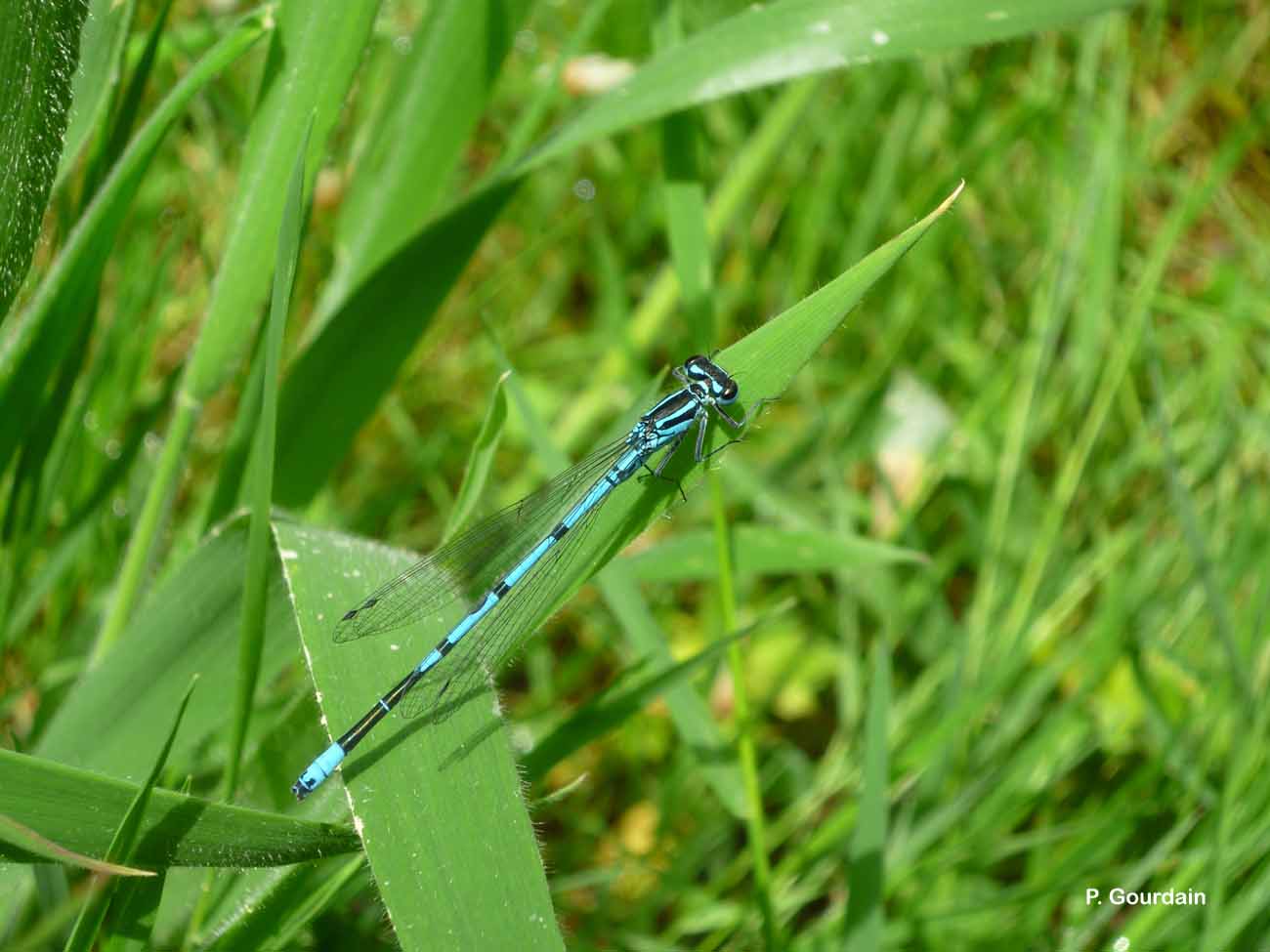
| Author : P. Gourdain |
 |
To get the picture, please visit:
Philippe GOURDAIN
Muséum national d'Histoire naturelle - Service du Patrimoine Naturel
36 rue Geoffroy Saint-Hilaire
CP 41
75 231 PARIS CEDEX 05
e-mail : inpn@mnhn.fr
Legend: Villeneuve-sur-Verberie
Despite the Creative Commons license, please inform the author of the use which will be made of his photo
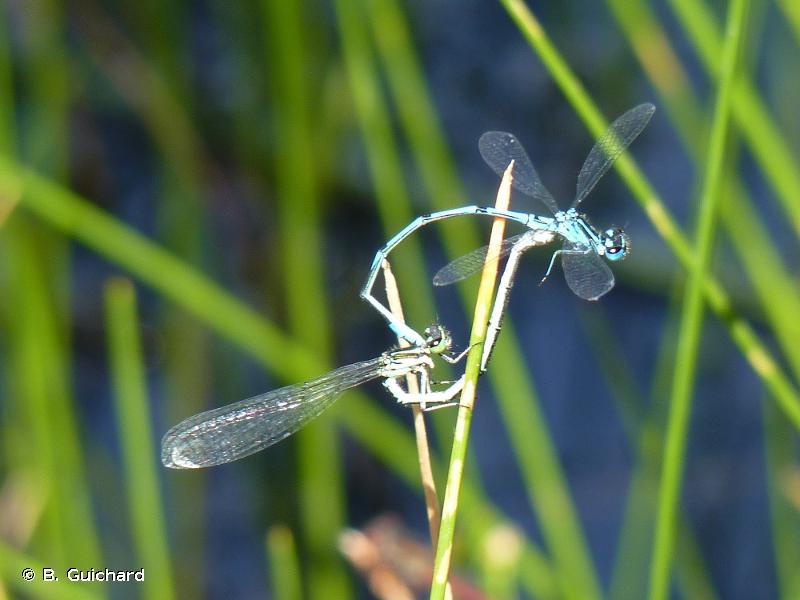
| Author : B. Guichard |
 |
To get the picture, please visit:
Guichard Benjamin
Despite the Creative Commons license, please inform the author of the use which will be made of his photo
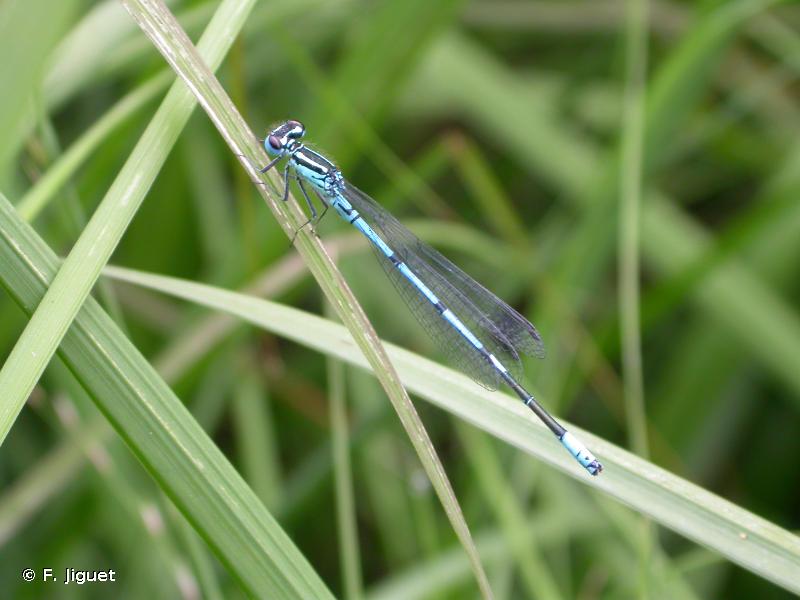
| Author : F. Jiguet |
 |
To get the picture, please visit:
Frédéric Jiguet
CRBPO
email : inpn@mnhn.fr
Despite the Creative Commons license, please inform the author of the use which will be made of his photo
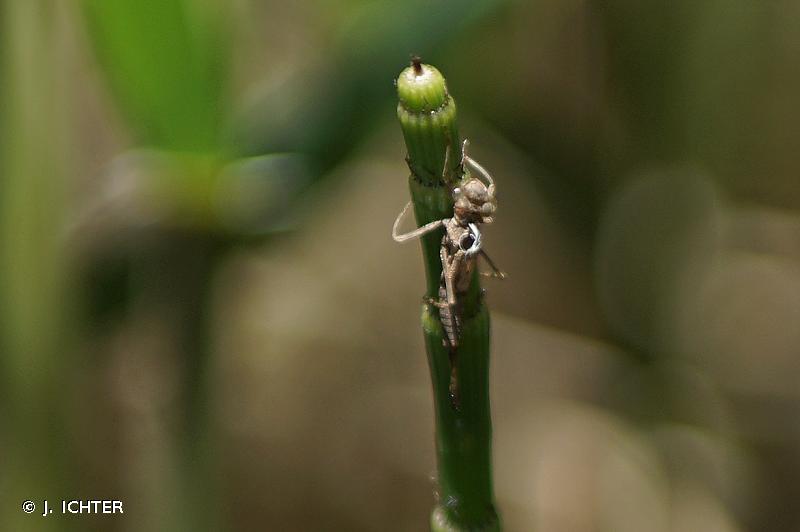
| Author : J. ICHTER |
 |
To get the picture, please visit:
inpn@mnhn.fr
Despite the Creative Commons license, please inform the author of the use which will be made of his photo
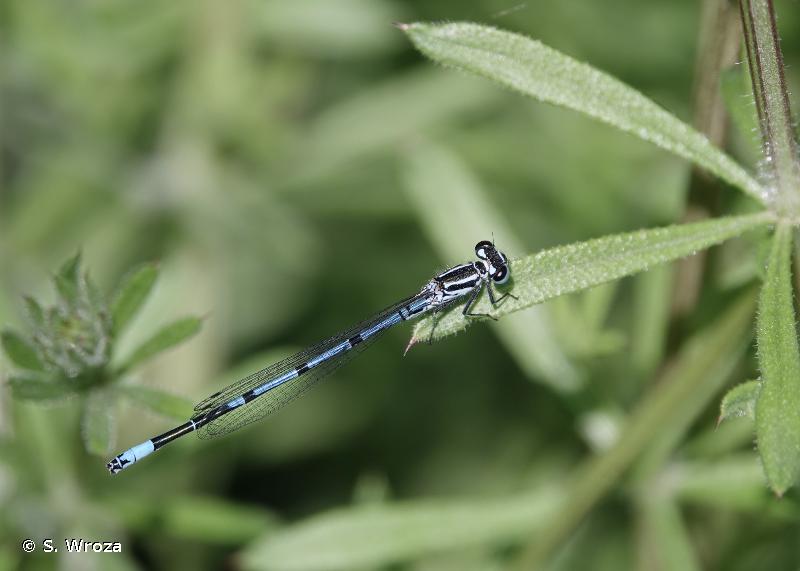
| Author : S. Wroza |
 |
Despite the Creative Commons license, please inform the author of the use which will be made of his photo
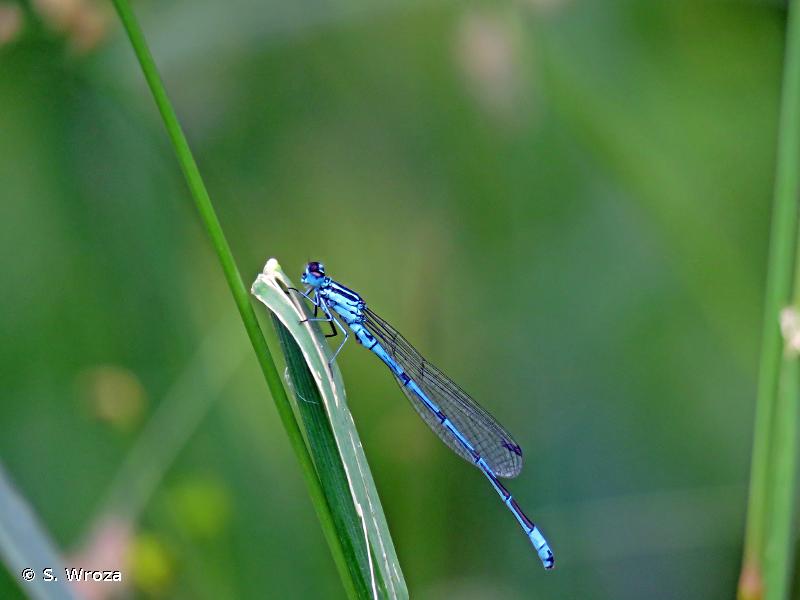
| Author : S. Wroza |
 |
Despite the Creative Commons license, please inform the author of the use which will be made of his photo
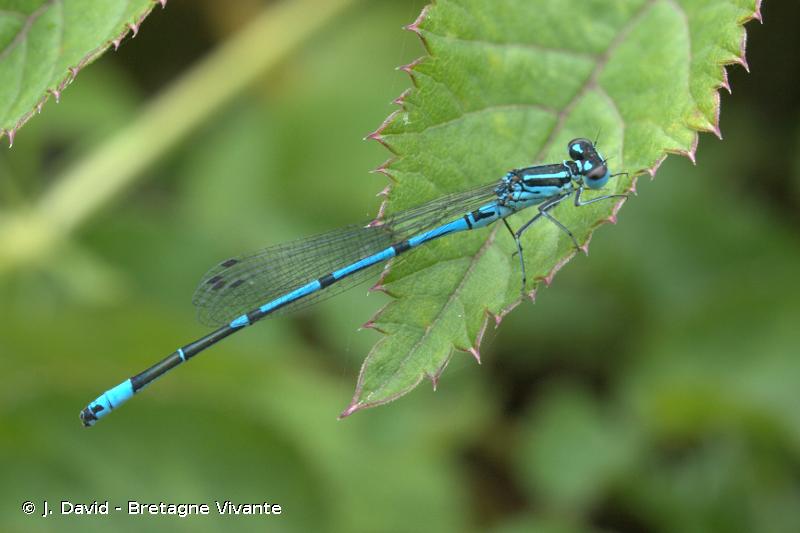
| Author : J. David - Bretagne Vivante |
 |
To get the picture, please visit:
Jean David
Bretagne Vivante
email : inpn@mnhn.fr
Despite the Creative Commons license, please inform the author of the use which will be made of his photo
Taille/poids :
Longueur de l'abdomen : 22-32 mm.
Diagnose :
Les mâles ont le corps bleu avec un dessin noir sur chaque segment abdominal. Le dessin du deuxième segment après le thorax a une forme de U qui n'atteint pas l'extrémité de ce segment. Les dessins des segments 3 à 5 sont généralement très courts.
Détermination :
Les mâles sont relativement simples à reconnaître. La détermination des femelles est difficile.
Espèces proches :
L'espèce est proche d'autres Agrions. Les dessins sur l'abdomen des mâles sont caractéristiques.
Période d'observation :
Les adultes sont observés d'avril à septembre.
Biologie-éthologie :
Cette espèce a une génération par an à basse altitude. En montagne, la durée du stade larvaire est plus longue et l'on observe une génération tous les 2 ans. Les larves sont aquatiques et carnivores. Les adultes émergent au printemps. Ils sont aussi carnivores et s'éloignent peu du milieu de développement larvaire. Les œufs sont insérés dans la végétation aquatique. Lors de la ponte, les femelles peuvent être complètement immergées.
Biogéographie et écologie :
L'espèce est présente en Europe. Elle atteint l'ouest de la Sibérie. Elle est commune en France. On la trouve dans de nombreux types d'habitat d'eaux douces stagnantes ou faiblement courantes. On l'observe jusqu'à 2 200 m d'altitude.
D'après :
Grand, D. & Boudot, J.-P. 2006. Les Libellules de France, Belgique et Luxembourg. Collection Parthénope. Biotope, Mèze : 480 pp.
Dijkstra, K.-D. B. 2007. Guide des libellules de France et d'Europe. Les guides du naturaliste. Delachaux & Niestlé, Paris.
P. Dupont(UMS 2006 Patrimoine Naturel (AFB / CNRS / MNHN)),2016
Continental
Metropolitan France
Overseas
Marine
Metropolitan France
Overseas
The map presents a summary at the 10 x 10 km grid of the observation data for the species transmitted to the SINP. These data have been subjected to validation filters.
The map presents a reference distribution layer of the species at the scale of departments and marine sectors. The presence and absence data were established by expertise within a network of partners. This reference distribution is used in the validation process of the SINP data at the INPN level.
Corresponds to a report on the basis of at least one observation proved within a period of 10 years (20 years for little-known invertebrates) preceding the year and no presumption of extinction since obtaining the last data nor doubt on reproductive and implemented nature of this population. For migratory species, the presence indicated concerns areas of reproduction.
This status is based on one or more of the following criteria:
This point covers the absence, more difficult by nature to demonstrate than presence. This status is based on one or more of the following criteria:
This status must be assigned to a department in which the presence of the species is casual.
Particular case of absence due to a proven extinction less than a half century ago (older disappearances are treated as "no probable or definite").
In the state of knowledge, we can not comment on the presence or absence in the current department. This is the default status when not comprised in one of the previous categories or whenever there is doubt.
The map shows the global distribution of the species based on GBIF data (Global Biodiversity Information Facility).
